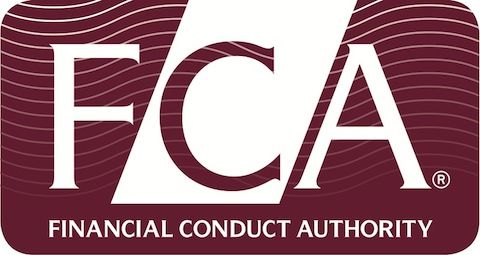
Buy-to-let (BTL) landlords coming off fixed rate products are facing a challenging time. Record low rates of 12 to 18 months ago are now a thing of the past and securing an attractive rate on a new mortgage deal is no easy task.
In light of a number of lingering economic challenges, some lenders have also increased the level at which they stress test for affordability, which is resulting in profit margins being further squeezed. While this affordability squeeze is being felt across the entire mortgage market, the effect on landlords is having a significant impact on the rental market. Many have, and are being, forced to increase monthly rents while others, particularly smaller non-portfolio landlords, are looking at ways to offload their BTL properties because they are no longer financially viable.
The trend of amateur or accidental landlords exiting the market is one which has grown in recent years, largely on the back of a series of regulatory and tax changes. This has resulted in an even stronger emphasis on professional portfolio landlords across the BTL market and an increase in the number of landlords using a limited company structure in which to hold all of, or part, of their property portfolios as they look to combat rising costs and improve their tax efficiency.
This was evident in a recent poll from GetGround which suggested that 75% of landlords operating in the UK have now used a limited company to invest in at least one of their investments. A total of 49% of these landlords were said to have first invested via a limited company within the last 12 months, while 42% of them invested via a limited company for the first time in the last one to three years.
While the use of limited companies is high among landlords, they have yet to be fully adopted by most investors. The poll showed that 93% of landlords who have used limited companies manage less than half of their total property investment portfolios through companies. As awareness around the adoption of incorporations continues to grow, it’s a reasonable assumption to make that the usage of limited company structures will continue to accelerate in 2023. A tendency which smacks of opportunity for advisers.
With additional product/criteria/policy complexity and tightening affordability levels impacting margins for even the most experienced landlords, this further highlights the need for – and the rising value attached to – the advice process.
Encouragingly, over the first few weeks of 2023, we have already experienced strong demand from the more professional end of the landlord spectrum for remortgage purposes and, to a lesser extent, for purchase business. With increased competition and options emerging from a range of lenders, especially from specialist BTL providers, there is plenty of room for optimism in Q1 for the intermediary market. Although there are also a number of reasons not to get too ahead of ourselves.
For advisers with landlord clients, solutions are emerging to match a variety of portfolio and individual property requirements. It’s just a matter of looking beyond the headline rate, doing a bit more leg work and partnering with the right levels of specialist support where necessary.
Cat Armstrong is mortgage club director at Dynamo for Intermediaries



